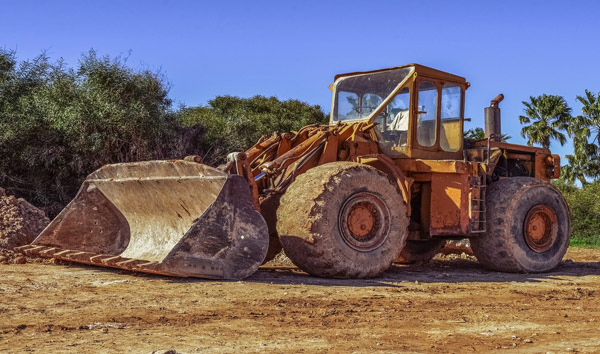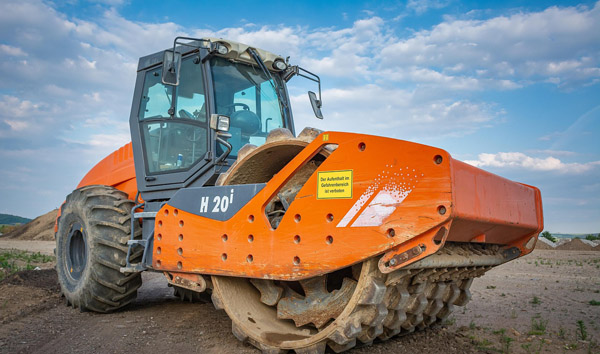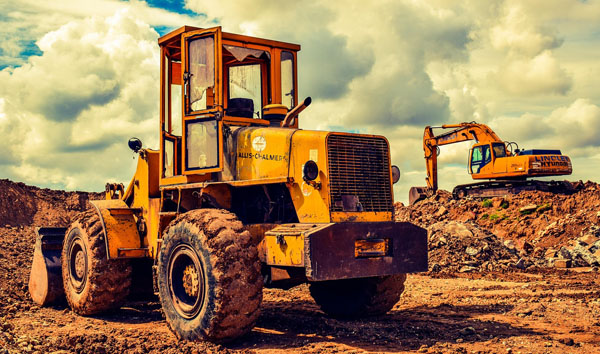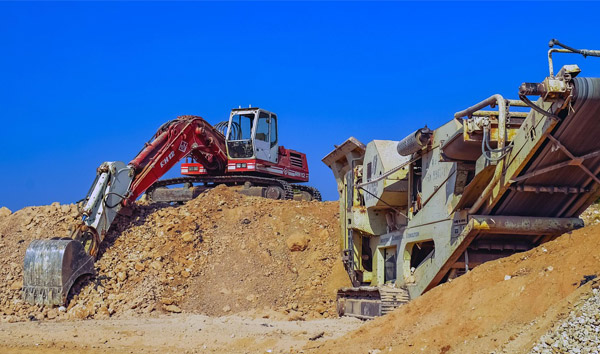The Future of Heavy-Duty Operations: Remote Monitoring for Rough Terrain Forklifts
2025-08-04 03:10:28
As industries increasingly adopt digital solutions, remote monitoring for Rough Terrain Forklifts is revolutionizing fleet management. This technology enhances safety, reduces downtime, and optimizes performance in challenging environments. By leveraging real-time data analytics, operators can make informed decisions, ensuring efficiency in construction, mining, and logistics sectors. Content The integration of remote monitoring systems in rough terrain forklifts has become a game-changer for industries operating in harsh conditions. These rugged machines, designed for uneven surfaces, now benefit from advanced telematics that track engine performance, fuel consumption, and load capacity. With real-time alerts for maintenance issues, companies can prevent costly breakdowns and extend equipment lifespan.
One of the key advantages of remote monitoring for rough terrain forklifts is predictive maintenance. Sensors embedded in critical components, such as hydraulics and transmissions, collect data on wear and tear. Machine learning algorithms analyze this data to forecast potential failures before they occur. This proactive approach minimizes unplanned downtime, ensuring continuous operations in demanding environments like construction sites or mining fields.
Safety is another critical aspect enhanced by remote monitoring in rough terrain forklifts. Operators receive instant notifications about hazardous conditions, such as overheating or unstable loads. Additionally, geofencing technology ensures these heavy machines operate within designated zones, reducing the risk of accidents. Such features are invaluable in industries where human error and environmental challenges pose significant threats.
The economic benefits of remote monitoring for rough terrain forklifts cannot be overstated. Fleet managers gain access to comprehensive reports on fuel efficiency, idle times, and operator behavior. These insights enable cost-saving adjustments, such as optimizing routes or retraining staff. In sectors like logistics, where margins are tight, such data-driven decisions translate into substantial long-term savings.
Looking ahead, the adoption of IoT and 5G will further refine remote monitoring capabilities for rough terrain forklifts. Faster data transmission and enhanced connectivity will enable near-instantaneous diagnostics and remote troubleshooting. As industries continue to prioritize efficiency and safety, this technology will become indispensable, setting new standards for heavy equipment management in rugged terrains.














